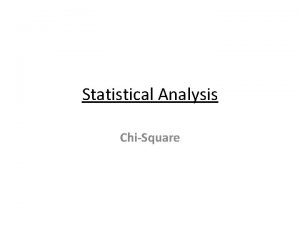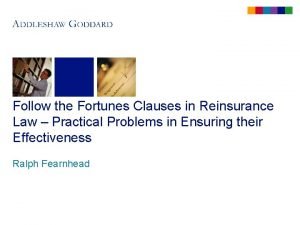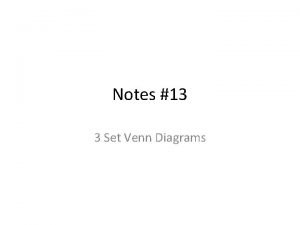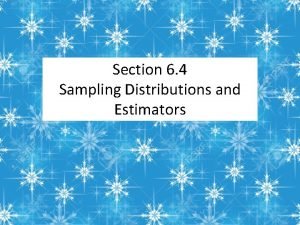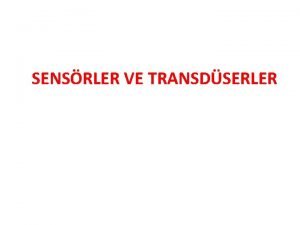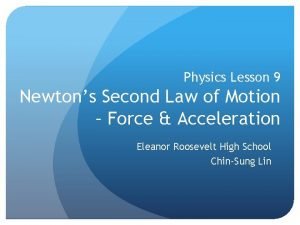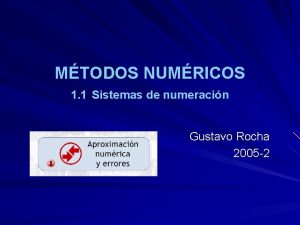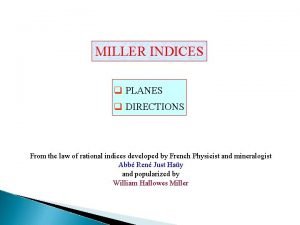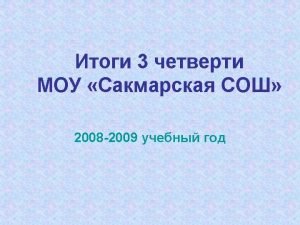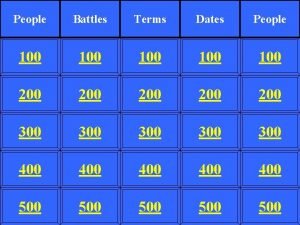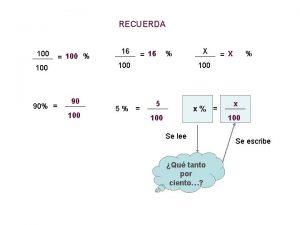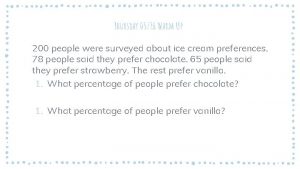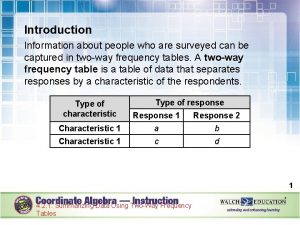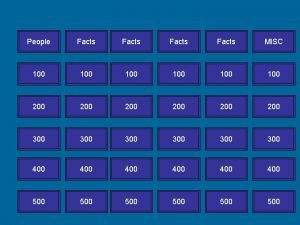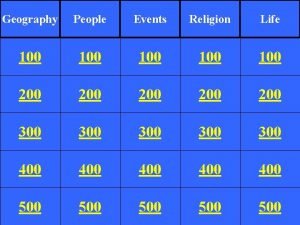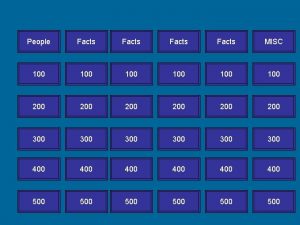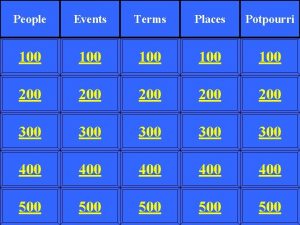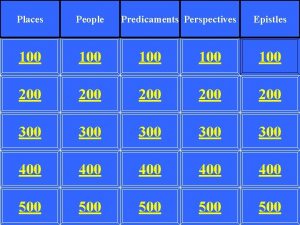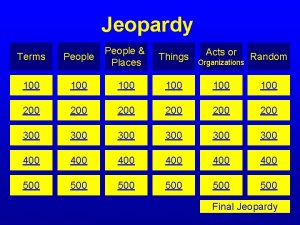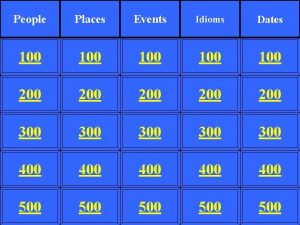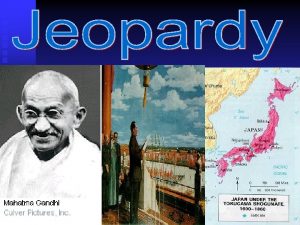Family Fortunes Mr Smith surveyed 100 people and


























- Slides: 26


Family Fortunes Mr Smith surveyed 100 people and asked them to give something you would associate with the upper course of a river. Position 1 2 3 4 5 Word Score Steep land 43 Narrow River 27 Shallow Water 14 Waterfall 11 Sharp Rocks 5 1 2 3 4 5 X X X

Family Fortunes Mr Smith surveyed 100 people and asked them to give something you would associate with the lower course of a river. Position 1 2 3 4 5 Word Score Wide 43 The mouth 27 Meanders 14 Slow moving 11 Levees 5 1 2 3 4 5 X X X

Better or worse… • https: //www. youtube. com/watch? v=RDh 6 v QQax 5 E

The Profile of a River

The Long Profile of a River

Upper Course

Middle Course

Lower Course

Different Features • • • V Shape Valley Waterfall Meander Ox Bow Lake River Beach/River Cliff Floodplain







Characteristics Upper Course Middle Course Lower Course Slope Steep Getting flatter Flat Width Narrow Getting wider Widest Depth Shallow Getting deeper Deepest Load Sharp angular More rounded pebbles Features Waterfall, V Shape Valley Main work/processes Vertical Lateral Erosion, Erosion and Transportation and some deposition Small pebbles, sand silt Oxbow, SAME AS Meander, Floodpla BEFORE + in, River Levees, deltas Cliff/Beach Mainly deposit, transportation.

River Processes

What does erosion mean?

What does erosion involve Erosion take place in four different ways: 1. Hydraulic action is the force of just the water in the river wearing away the land. 2. Abrasion is the force of the water plus the load (rocks etc) that the river is carrying, wearing away the land. 3. Attrition is the material that the river is carrying, breaking each other down in the river 4. Solution is the acid in the river water, dissolving the rock and wearing it down

How does a river transport materials?

Transportation take place in three different ways: 1. Traction is the bigger load rolling along the bottom of the river. 2. Saltation is the smaller material bouncing along the bottom of the river. 3. Suspension is fine material, floating inside the river, being carried by the water. 4. Solution is when some minerals dissolve in the water and are always present.

Why might a river deposit its load?

What does deposition involve? A river choses to deposit its load for the following three reasons: 1. The material that it is carrying is too heavy. 2. The river has lost power/speed/energy and no longer can move the material (heaviest material deposited first) 3. The river doesn’t have enough water to move the material

Task: Definition and Picture • Write out the definitions for the key processes for erosion, transportation and deposition. • Beside each one draw a picture/diagram to show the process – can be imaginative if you wish! This will help you remember them! • Can also make as a foldable?

How well have you remembered?
 100 100 100 100 100
100 100 100 100 100 Henry vii
Henry vii A random sample of 395 people were surveyed
A random sample of 395 people were surveyed Follow the fortune clause
Follow the fortune clause Felipe surveyed students at his school
Felipe surveyed students at his school Yellowstone national park surveyed a random sample of 1526
Yellowstone national park surveyed a random sample of 1526 Star wars venn diagram
Star wars venn diagram Three randomly selected households are surveyed 2 6 7
Three randomly selected households are surveyed 2 6 7 Gcse box plot questions
Gcse box plot questions Big data on bare metal
Big data on bare metal Is people as media
Is people as media 140 ın yüzde 30 u
140 ın yüzde 30 u 200+200+100+100
200+200+100+100 Malloc lab 100/100
Malloc lab 100/100 1453-1337
1453-1337 100+100=200
100+100=200 200+200+300+300
200+200+300+300 C/100=f-32/180=k-273/100
C/100=f-32/180=k-273/100 What's 100 + 100
What's 100 + 100 300+200+200
300+200+200 Dc numero romano
Dc numero romano 200+200+300
200+200+300 Black eyed peas
Black eyed peas Conjugal family
Conjugal family If the world were a village of 100 people
If the world were a village of 100 people Guns per 100 people
Guns per 100 people Miller
Miller


